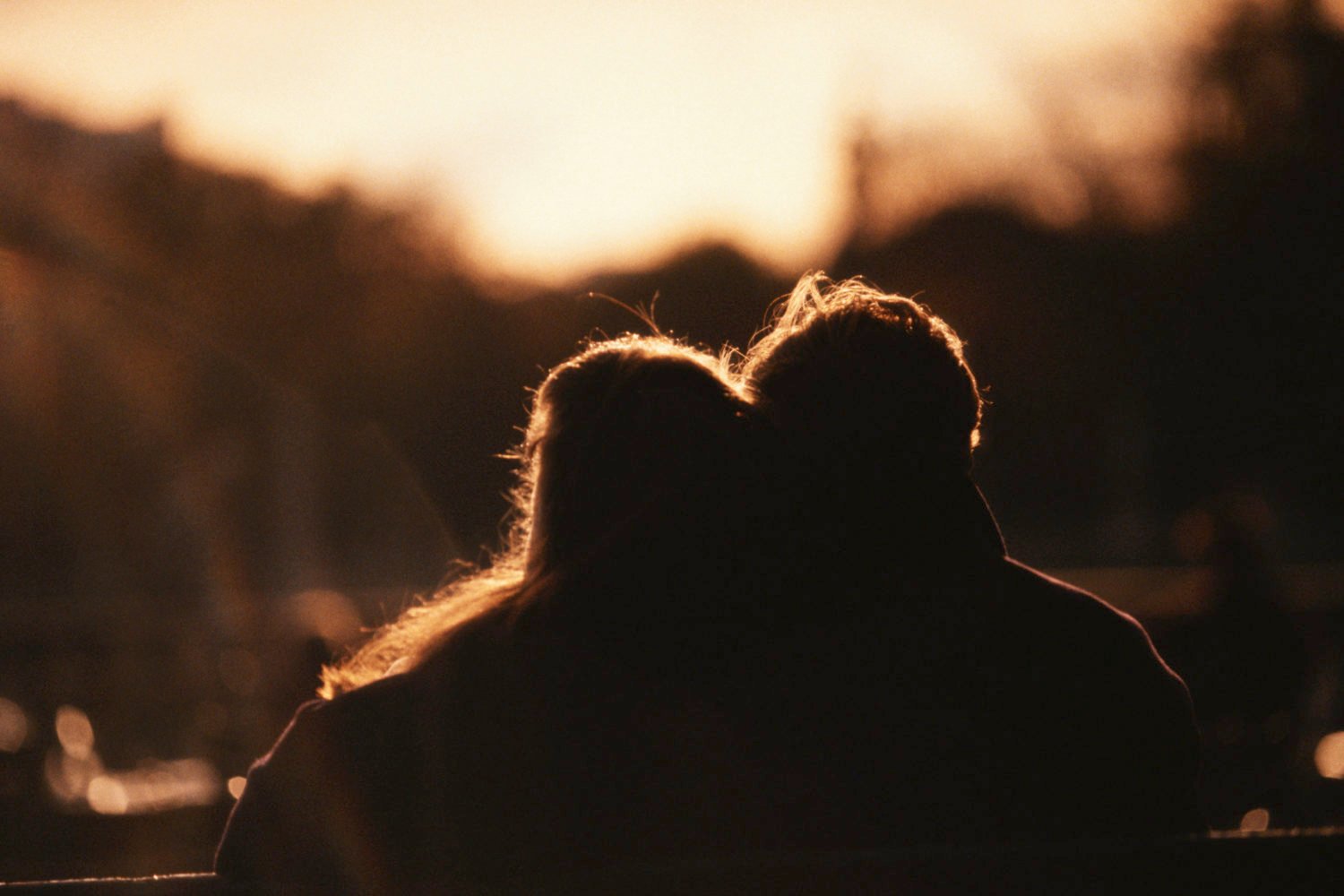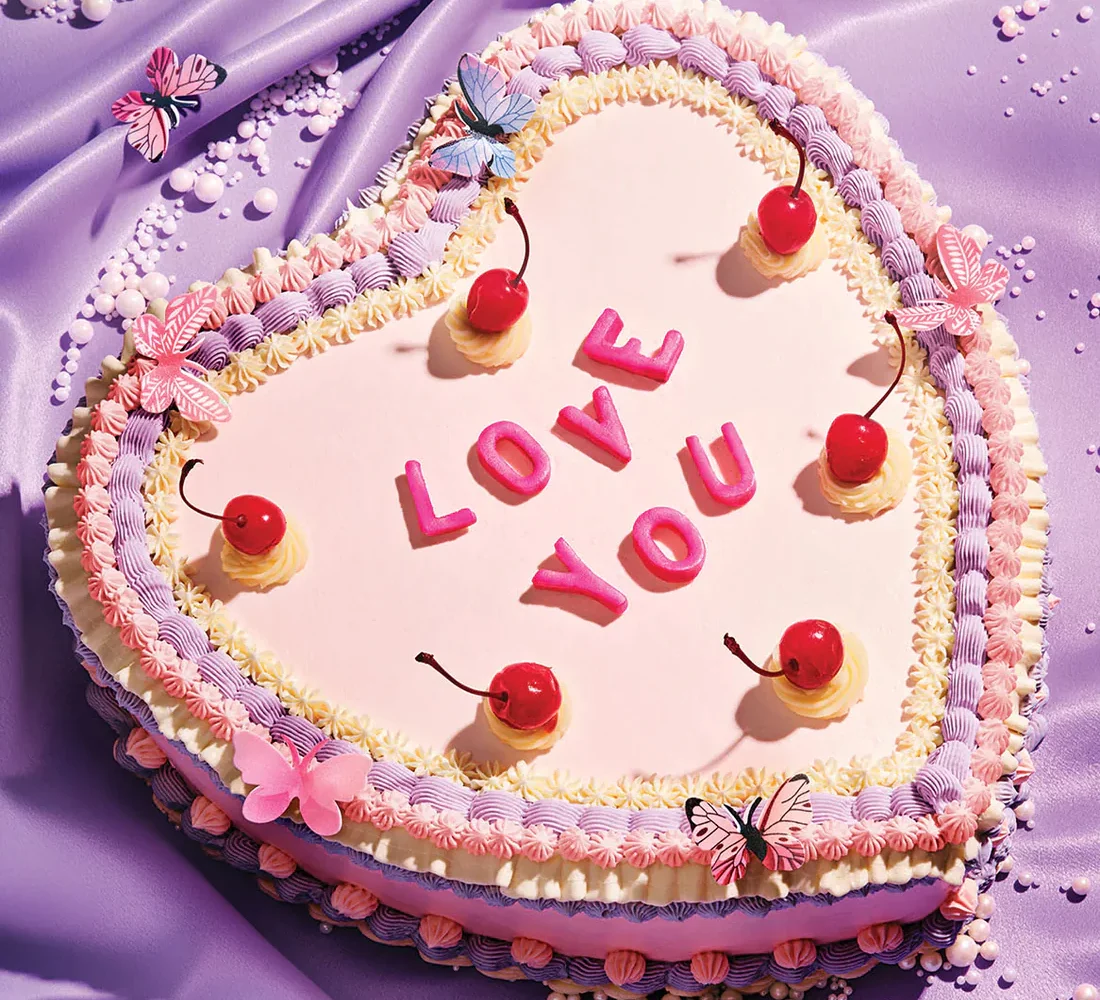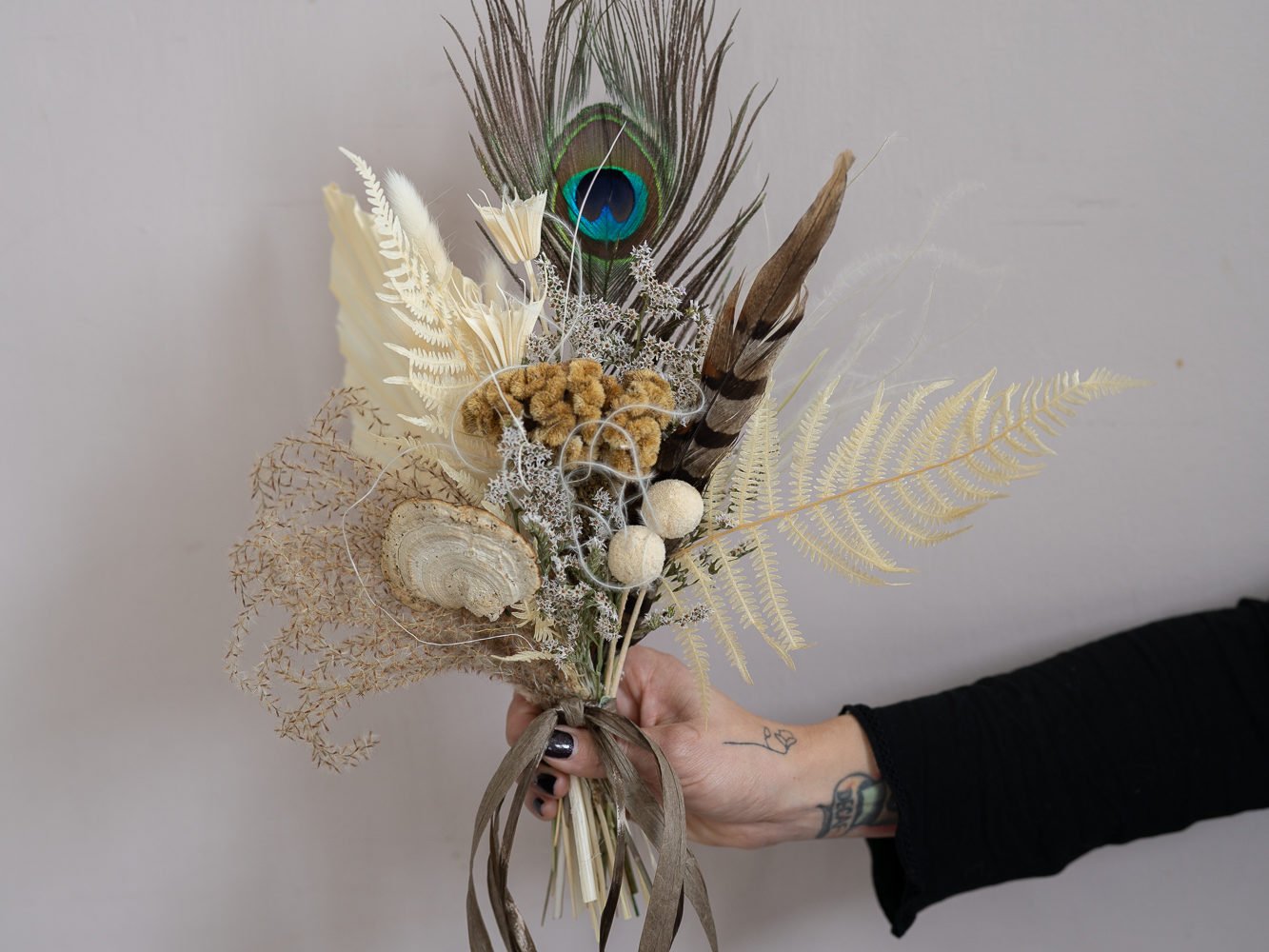Slideshow: Paper Clothes by Isabelle de Borchgrave
At first glance, the dresses in the “Prêt-à-Papier” exhibition at Hillwood Museum, which opens to the public today, look as though they are made of rich cloth—silks and taffetas, damask and delicately pleated cotton. However, the full-scale replicas inspired by historical fashions—from fanciful 18th-century ballgowns to turn-of-the-century Lanvin, Poiret, and Fortuny creations—aren’t made of fabric at all. Rather, they’re constructed solely (and painstakingly!) from paper. Each “seam” is carefully glued; each sleeve of “lace” has been crumpled, ironed, smoothed, and fluffed into delicate layers; each button and pearl is a tiny roll of paper, worked, reworked, glazed and painted to trompe l’oeil perfection, all under the guidance and expert hands of Isabelle de Borchgrave, the Belgian artist whom Hillwood ingeniously snagged to dream up this exhibition.
You need to see “Prêt-à-Papier” to really understand de Borchgrave’s phenomenal work. Fashion lover or no, the dresses and the Hillwood setting—in and among the insanely luxe art, furnishings, and accoutrements of the late Marjorie Merriweather Post—make this a must-visit exhibition. We had a chance to talk with de Borchgrave to learn a bit more about her process.
Related:
A Pretty Party for the Pretty “Prêt-à-Papier” Exhibition at Hillwood (Photos)
You were previously a painter. How did you transition to using paper as your artistic medium?
I began to use paper to make costumes for my children. Because I am an artist, I use all sorts of materials. Paper is very versatile. I can paint it, crumble it, tear it, glue it, and so on, so it was only natural for me to transition it into paper sculpture while still maintaining my identity as a painter. The final work depends on my trompe l’oeil style of painting, which creates the appearance of silk, satin, velvet, etc.
In terms of time frame, about how long does it take you to create one of your dresses? Do you have an “atelier”?
First off, we start all of our projects with extensive research to avoid any mistakes in fashion history. I have a library of around 4,000 books to aid my team and me in this process. After that, I work with my three stylists to create a pattern, and sometimes we need to interpret certain designs, such as the backs of dresses, caps, and shoes, which aren’t visible on documents received from museums. Therefore, our research allows us to recreate the entire ensemble in three dimensions. To start our creation process, we create a prototype that helps us determine the specific shape of the dress on the mannequins, which are created in the atelier. Once we are confident with our model, I paint the paper, and with my team, we try to achieve the desired effect by crumbling, tearing, and folding the paper. While that is happening, we are also creating the accessories: wigs, shoes, bags, jewelry. In the end, each dress takes between four and eight weeks.
What kind of paper(s) do you use to create these works? And what kind of paint?
Essentially, I use common pattern paper. Sometimes I use a much thinner paper, for lace and other fine materials. My paint is primarily acrylic, but I also use ink and other types depending on the desired effect.
Is it history that is your muse? Or the particular women who wore these dresses? What inspires you to pick a particular look or design?
Although I greatly appreciate the history behind my creations, I am more inspired by the patterns and designs of the textiles. I take this initial inspiration and turn it into a costume. If I am truly passionate about a certain character or period, then I will continue to expand the collection. For example, I have always been very inspired by Fortuny, so I decided to create an entire collection around his creations. For my newest collection, “Les Ballets Russes,” I pay homage to Serge de Diaghilev and all the painters who designed costumes for his ballets (Picasso, Delaunay, Benois, etc.)

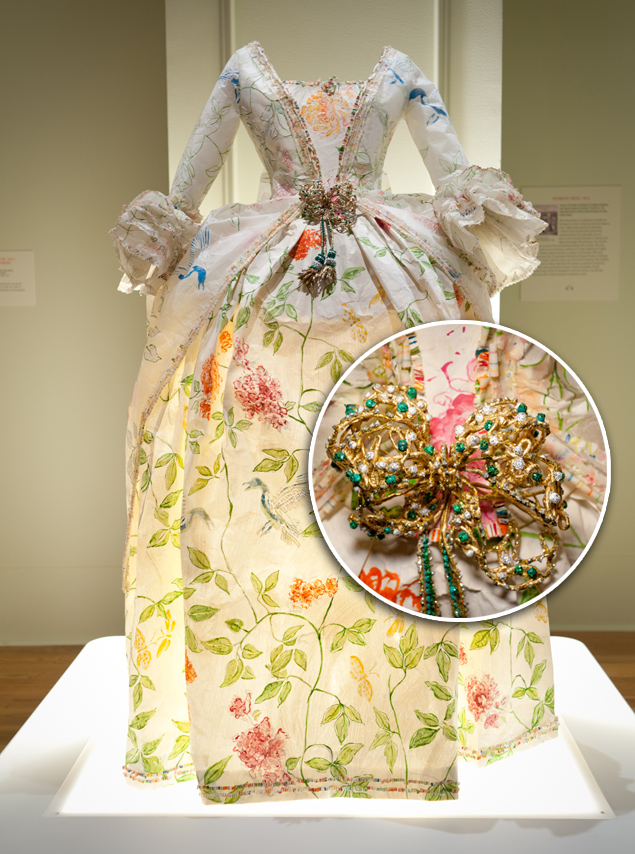

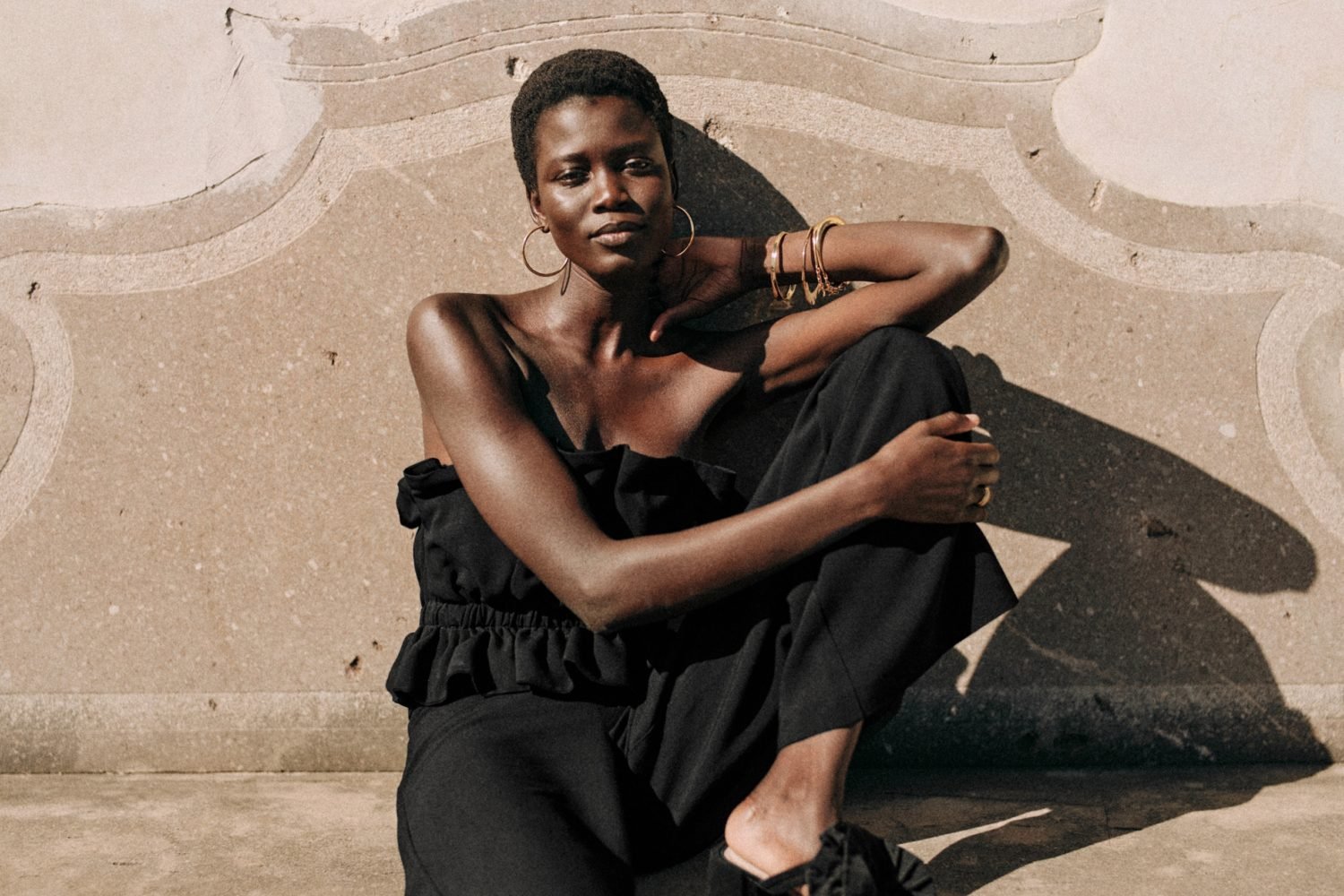
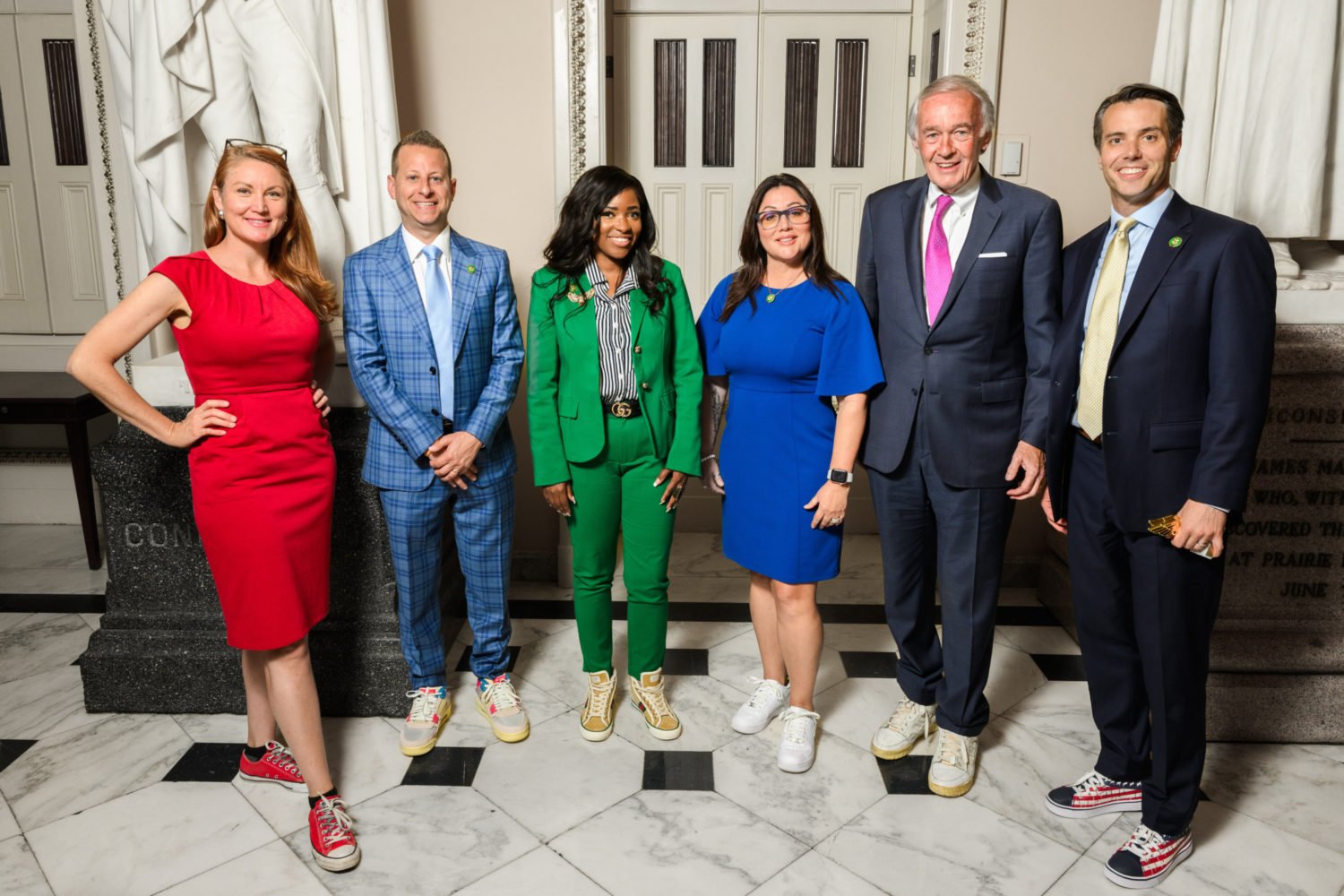
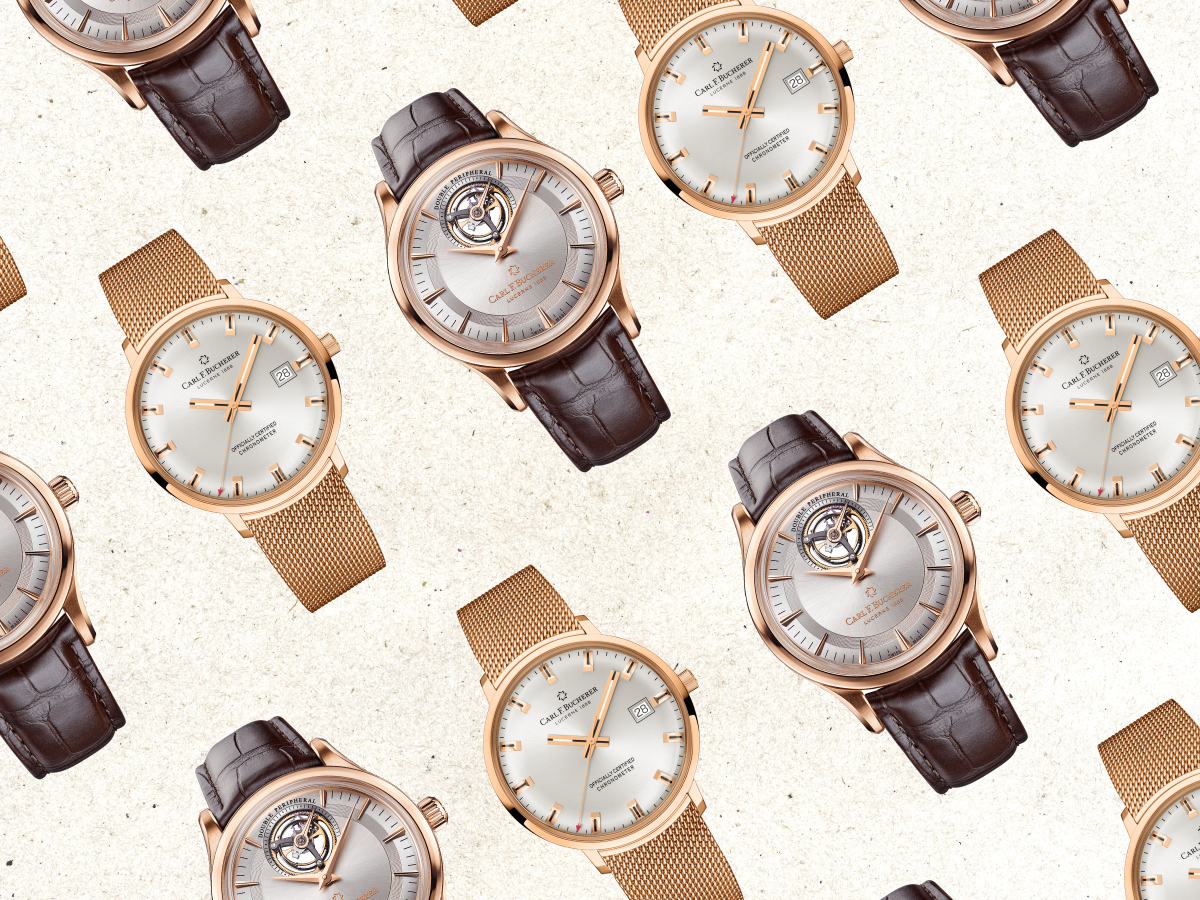
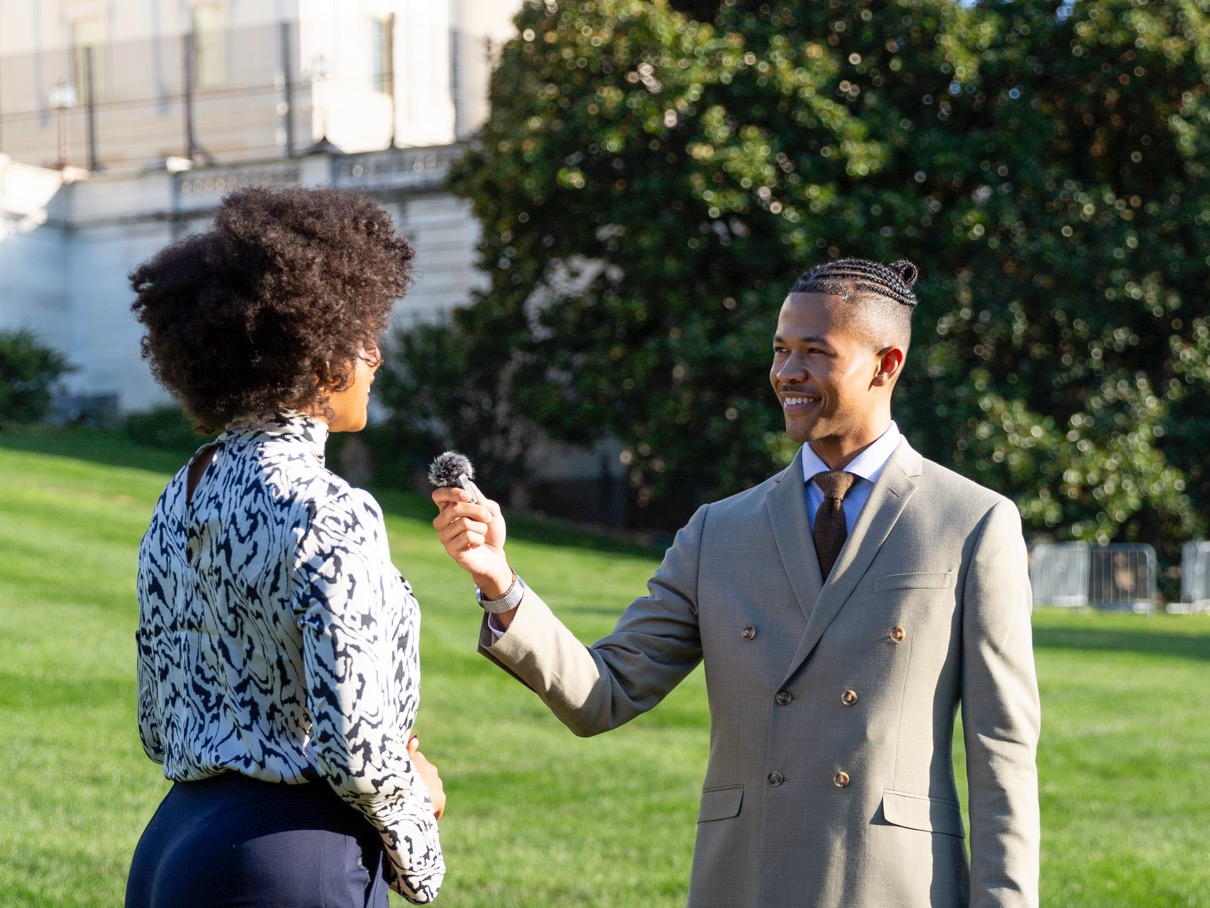
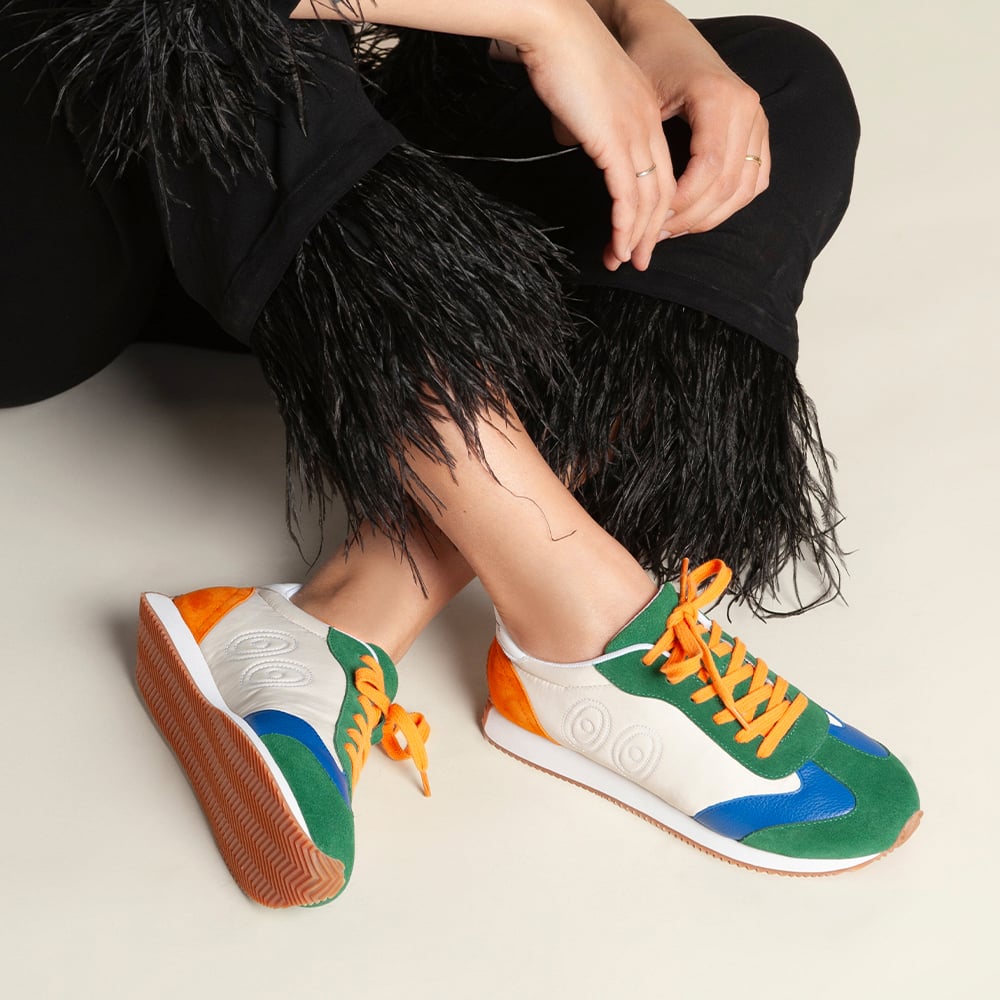
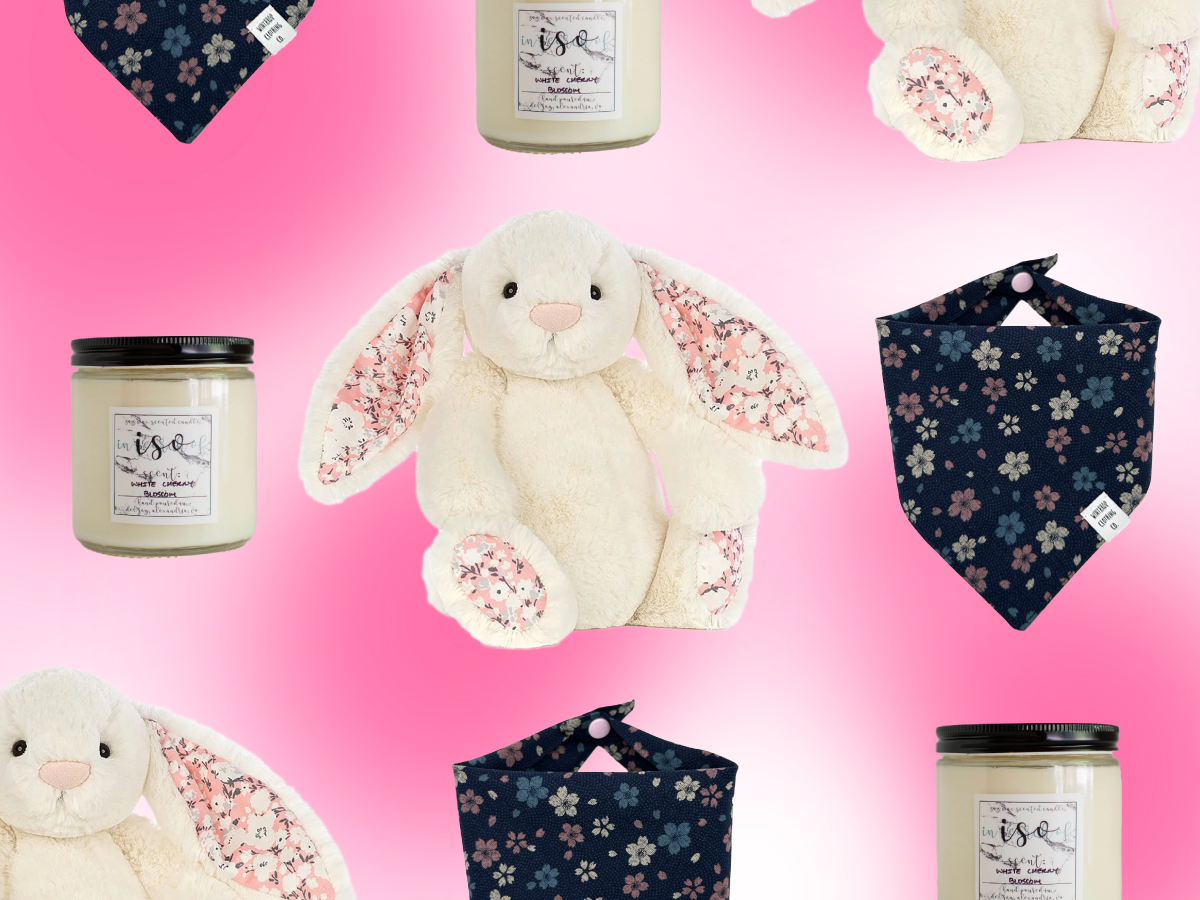
![Rockville-Town-Square-Library-View-[Credit-City-of-Rockville]-scaled-down - Washingtonian](https://www.washingtonian.com/wp-content/uploads/2024/02/Rockville-Town-Square-Library-View-Credit-City-of-Rockville-scaled-down-1500x1000.jpg)

